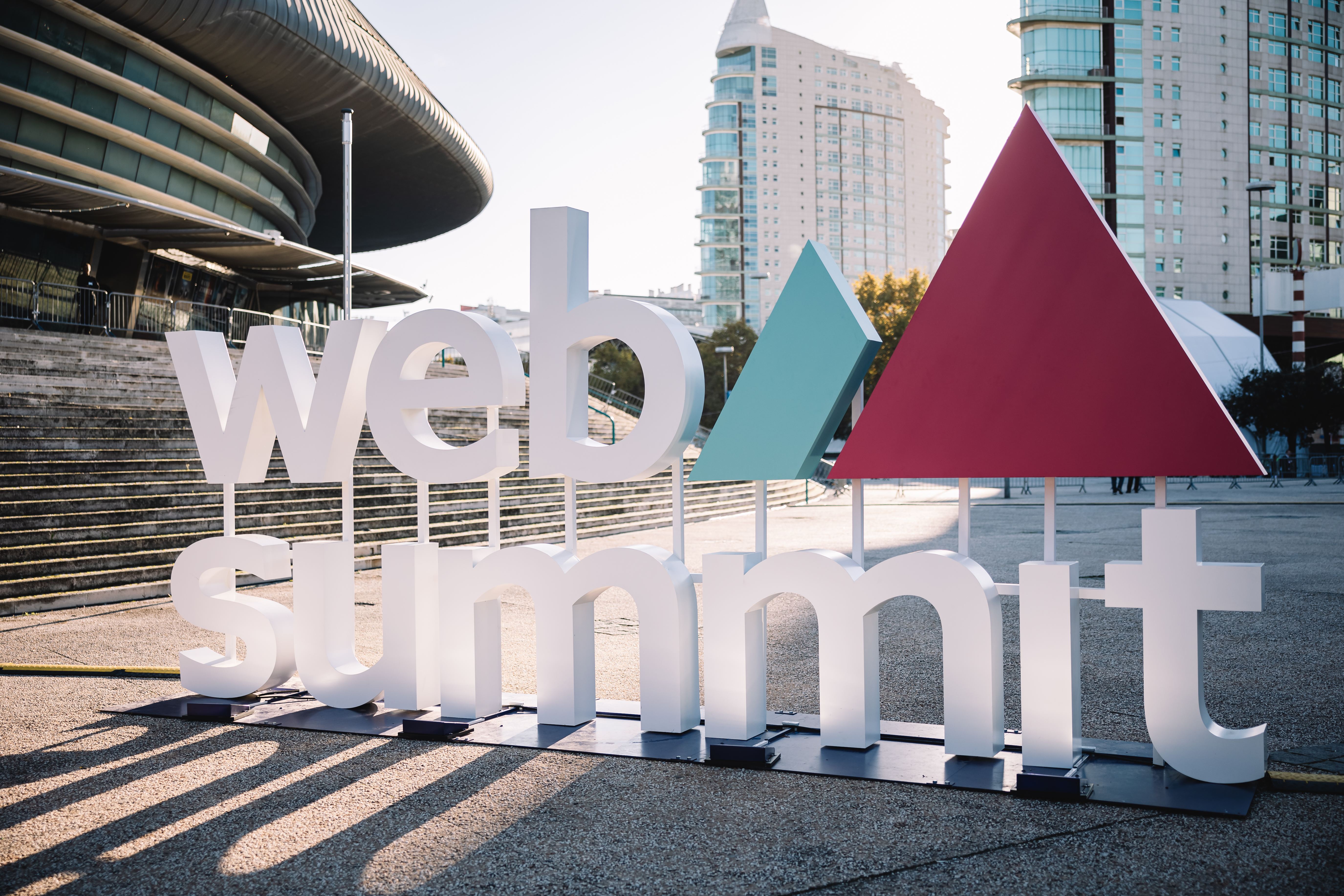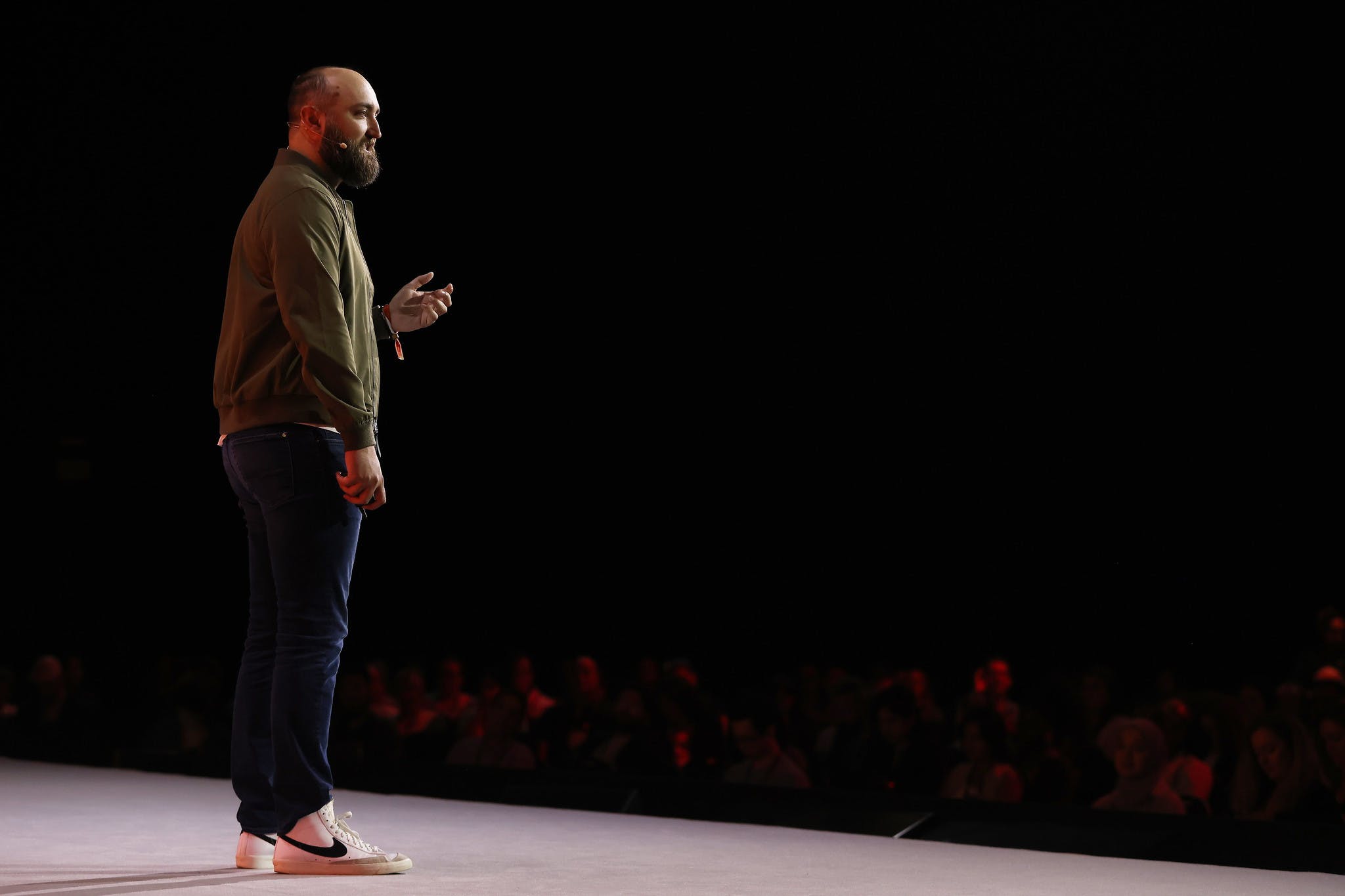
Marketing beyond 2022: digital change and two-speed marketing
Looking to the future, it’s clear that digital transformation is on the up, and that the traditional ads agency model is on the way down – so said our panel of leading marketers.
On Centre Stage at Web Summit 2021, in a wide-ranging conversation, some of the marketing industry’s leading experts laid out their assessment for the years ahead.
Kicking off, Sir Martin Sorrell – founder and executive chairman of S4 Capital and the former leader of the world’s largest advertising conglomerate, WPP – laid out his assessment of the current climate for marketing: “There’s a no-growth or ex-growth traditional [marketing and advertising] industry. And there’s a high-growth, or growth, digital industry.”
Economic outlook
Sir Martin described his outlook on the economy as “bullish”. Elaborating on his optimism, he noted the healthy economic growth from this year, saying “the first thing is global GDP. This [is] up five percent to six percent. Next year, at least four percent to five percent. If the rubber hits the road in 2023, when it goes back to the two percent to three percent that we saw pre-Covid, that’s one tailwind driven by the fiscal and monetary stimulus. The second tailwind is digital transformation”.
He also stated that we will continue to see a growth in the digital transformation of the marketing industry. He told the crowd on Centre Stage: “There are three functions in digital marketing: transformation, sales and marketing, and IT. And that trend is going to accelerate as GDP decelerates in 2023. Digital transformation will come to the fore, just like it came to the fore in Q2 of 2020 when the pandemic hit.”
Moving at speed-of-culture
Speaking alongside Sir Martin was Jessica Spence, president of brands at Beam Suntory. “Unfortunately, Covid has been one of the biggest enablers of digital transformation for a lot of people. But when I look at how we’re thinking about our marketing needs, we’re increasingly seeing that we need to operate at two speeds,” she said.
“You still have needs for the more epic banner pieces of content or assets. And I think some of the more traditional agencies are well equipped to work at that pace,” said Jessica. “But what we saw as well through the pandemic, and accelerating, is the need for constant content at speed-of-culture.”
An agency model for tomorrow
Jessica believes that this two-speed requirement may not suit larger, more established agencies. “So what we’re looking at is in-sourcing. I think there are definite benefits to bringing some pieces of that in-house,” she said. “You can in-source. You can outsource. You can also look at forms of communities,” Jessica told us.
This can be an opportunity for smaller agencies, and for more diverse talent. Her advice for brands? “Have that mindset of, ‘[I] don’t care where the idea is coming from, as long as it’s the best idea, and it’s going to be delivered fast’.”
Jane Wakely, CMO of Mars Incorporated, was more cautious in her predictions. “I think when we look at forecasting in this volatile world, it’s a dangerous thing,” she said. Paying homage to comments made by Amazon founder Jeff Bezos in a 2007 interview with the Harvard Business Review, Jane said, “what’s more interesting [about the future of marketing] is what’s not going to change”.
Want to know more about the insights we’ve gathered from our events? Sign up to receive the Web Summit newsletter today.
Main image: Eóin Noonan/Web Summit (CC BY 2.0)


